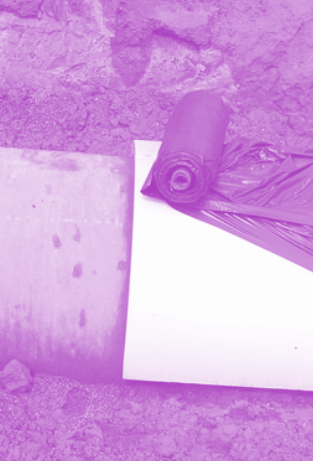Pipe breaks modelled
 Modelling suggests a cost-effective and practical method can be used to protect underground pipelines.
Modelling suggests a cost-effective and practical method can be used to protect underground pipelines.
Australia’s 50,000 km pipeline network has a critical role in transporting water, gas and oil products, and transferring sewage to treatment plants.
Researchers at the University of Technology Sydney (UTS) have developed an advanced three-dimensional computer model to assess the mechanical performance of a pipeline protected by proposed polymer blocks under a strike-slip (horizontal) fault rupture.
While Australia is a relatively stable continental region with low to moderate magnitude earthquakes expected, there are numerous active fault lines such as the Darling fault, extending over 1000 km in the west where most oil products - including 71 per cent of crude oil and condensate - are produced.
Polymeric geofoam blocks - essentially giant blocks of polystyrene - are often used to provide a lightweight void fill below a highway, bridge approach, embankment or parking lot.
According to the study, they may also be the best solution for protecting pipelines.
“Polymeric geofoam blocks as an inexpensive and light material can offer a safer and cost-effective solution to the challenges faced by Australia engineers passing pipelines through fault lines, increasing Australian competitiveness in international market as well as safety and reliability,” said Dr Fatahi.
His findings show pipes protected with geofoam blocks have a superior performance and remain operational under different strike-slip fault rupture scenarios, while the conventional buried pipelines suffer catastrophic damage.
This proposed solution can save lives and reduce the potential environmental disaster due to content leakage.
“We can see how conventional pipelines buried in soil could be severely damaged under a strike-slip fault rupture due to excessive longitudinal compressive and tensile strains in the pipeline, or how the pipe section could be flattened due to bending of the pipeline,” he said.








 Print
Print